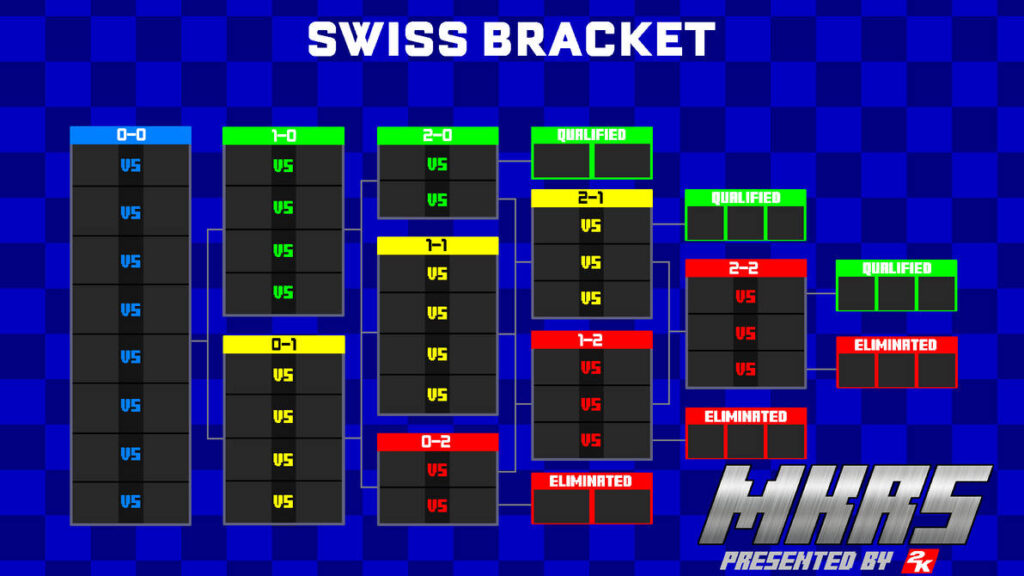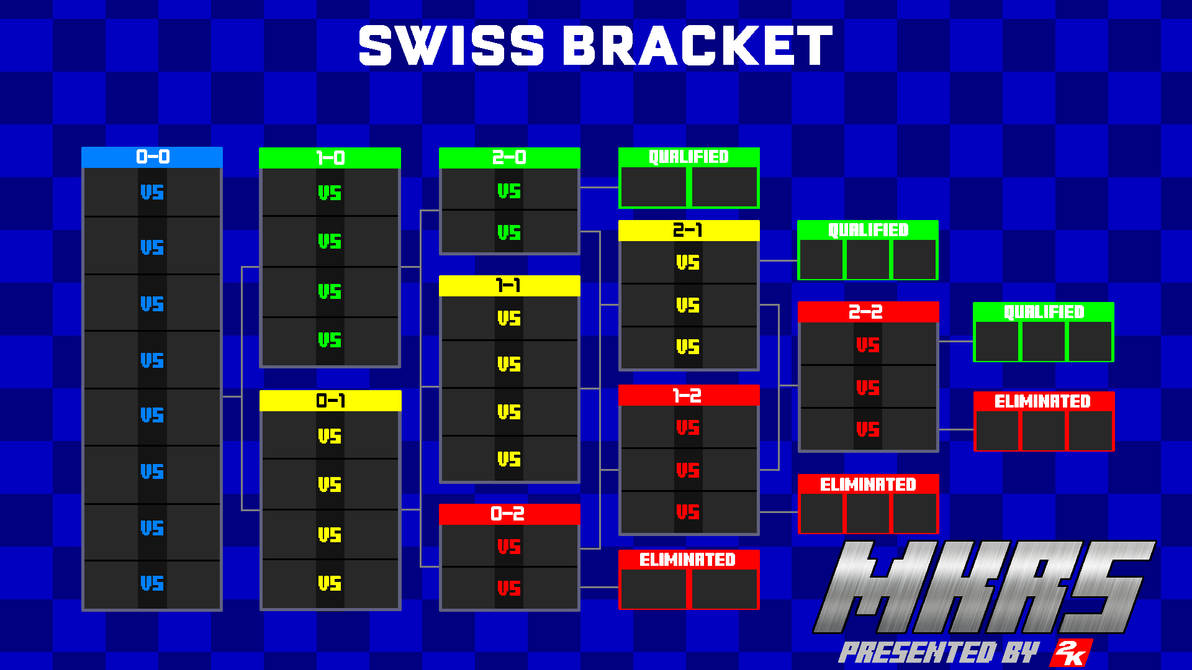
Mastering the Bracket Market: A Comprehensive Guide
The term “bracket market” might sound like financial jargon, but it’s a concept with broad implications across various fields, from sports and entertainment to finance and even scientific research. Understanding the dynamics of a bracket market is crucial for anyone looking to make informed decisions, whether they’re predicting the outcome of a tournament or analyzing market trends. This guide will delve into the intricacies of the bracket market, exploring its definition, applications, analysis, and the strategies for navigating it successfully.
What is a Bracket Market?
At its core, a bracket market is a structured prediction system, often visualized as a tree diagram or bracket, where participants forecast the outcomes of a series of events or competitions. Each level of the bracket represents a round of competition, and participants must predict the winner of each matchup. The most well-known example is the NCAA Men’s Basketball Tournament, often referred to as March Madness. However, the principles of a bracket market can be applied to a wide range of scenarios.
A bracket market isn’t limited to sports. Consider a company deciding which product features to prioritize for development. They could create a bracket, pitting different features against each other in hypothetical user tests or market simulations. The winning features at each stage move forward, ultimately leading to a prioritized roadmap. This structured approach allows for data-driven decision-making and reduces the influence of subjective opinions.
Applications of Bracket Markets
The applications of bracket markets are surprisingly diverse:
- Sports Tournaments: Predicting the winners of games in tournaments like the NCAA Basketball Tournament, FIFA World Cup, or Wimbledon. This is the most common and recognizable application.
- Financial Forecasting: Modeling potential outcomes for investments, mergers, or acquisitions. A financial analyst might use a bracket market structure to assess the probability of different market scenarios playing out.
- Political Elections: Predicting the results of elections, primaries, or debates. Political scientists and pollsters often use models that resemble bracket markets to forecast election outcomes.
- Product Development: Prioritizing features or ideas based on predicted market success. As mentioned earlier, this can help companies allocate resources effectively.
- Scientific Research: Evaluating different hypotheses or research directions. Researchers might use a bracket market approach to determine which research avenues are most likely to yield significant results.
The versatility of the bracket market stems from its ability to break down complex decisions into a series of smaller, more manageable predictions.
Analyzing a Bracket Market
Analyzing a bracket market involves several key steps:
Understanding the Structure
The first step is to understand the structure of the bracket itself. How many rounds are there? What are the rules for advancing to the next round? What are the potential matchups? A clear understanding of the structure is essential for making informed predictions.
Gathering Data
Data is the lifeblood of any successful bracket market analysis. This data can come from a variety of sources, including historical performance, expert opinions, statistical models, and even social media sentiment. The type of data you collect will depend on the specific application of the bracket market.
Developing a Model
Once you have gathered your data, you need to develop a model for predicting the outcomes of each matchup. This model can be as simple as a basic ranking system or as complex as a sophisticated statistical algorithm. The key is to choose a model that is appropriate for the data you have and the level of accuracy you require.
Assessing Probabilities
The next step is to assess the probability of each team or entity winning each matchup. This can be done using your model, expert opinions, or a combination of both. It’s important to remember that probabilities are not certainties, and there is always a chance of an upset.
Simulating the Bracket
Once you have assessed the probabilities for each matchup, you can simulate the entire bracket multiple times to get a sense of the range of possible outcomes. This can help you identify potential risks and opportunities.
Strategies for Navigating a Bracket Market
Navigating a bracket market successfully requires a combination of knowledge, skill, and luck. Here are some strategies to consider:
Do Your Research
The more you know about the teams, entities, or factors involved, the better your chances of making accurate predictions. This includes understanding their strengths, weaknesses, historical performance, and any relevant external factors.
Look for Value
In many bracket markets, there are opportunities to find value by identifying undervalued teams or entities. This means looking for teams or entities that are likely to outperform their expectations based on their current ranking or perception.
Embrace Uncertainty
Bracket markets are inherently uncertain, and upsets are always possible. It’s important to embrace this uncertainty and not be afraid to make bold predictions. However, it’s also important to manage your risk and not put all your eggs in one basket.
Consider the Crowd
In some bracket markets, the collective wisdom of the crowd can be a valuable source of information. Pay attention to the predictions of other participants and see if you can identify any trends or insights that you may have missed. However, be careful not to blindly follow the crowd, as the crowd can often be wrong.
Manage Your Risk
When participating in a bracket market with financial implications, it’s important to manage your risk carefully. This means setting a budget, diversifying your predictions, and not betting more than you can afford to lose. Remember, the goal is to have fun and learn, not to get rich quick.
The Psychology of Bracket Markets
Understanding the psychology behind bracket markets can give you a competitive edge. Human behavior often deviates from purely rational decision-making, and these biases can create opportunities for savvy participants.
Confirmation Bias
People tend to seek out information that confirms their existing beliefs and ignore information that contradicts them. This can lead to overconfidence in one’s predictions and a reluctance to consider alternative scenarios. Being aware of confirmation bias can help you make more objective decisions.
Availability Heuristic
The availability heuristic is the tendency to overestimate the likelihood of events that are easily recalled, such as recent events or events that have a strong emotional impact. This can lead to an overemphasis on recent performance and a neglect of long-term trends. A more balanced approach is key.
Bandwagon Effect
The bandwagon effect is the tendency for people to adopt certain behaviors or beliefs simply because many other people are doing so. In a bracket market, this can lead to an overemphasis on popular choices and an underestimation of less-known teams or entities. Thinking independently is crucial.
The Future of Bracket Markets
The future of bracket markets is bright. As technology advances and more data becomes available, we can expect to see even more sophisticated models and applications. The rise of artificial intelligence and machine learning will undoubtedly play a significant role in the evolution of bracket markets, allowing for more accurate predictions and more efficient analysis.
Moreover, the increasing popularity of online betting and fantasy sports is fueling the growth of bracket markets. As more people participate in these activities, the demand for accurate predictions and insightful analysis will continue to grow. The bracket market is more than just a game; it’s a dynamic and evolving field with the potential to transform decision-making across a wide range of industries.
Understanding the bracket market is essential for anyone looking to make informed decisions in a competitive environment. By understanding the structure, gathering data, developing a model, and embracing uncertainty, you can increase your chances of success. Whether you’re predicting the outcome of a sports tournament or analyzing market trends, the principles of the bracket market can help you make better decisions and achieve your goals. The bracket market offers a fascinating intersection of strategy, analysis, and a little bit of luck. So dive in, do your research, and see if you can master the bracket market!
[See also: Sports Betting Strategies]
[See also: Financial Modeling Techniques]
[See also: Predictive Analytics for Business]
